CINDY SHERMAN – IMITATION OF LIFE
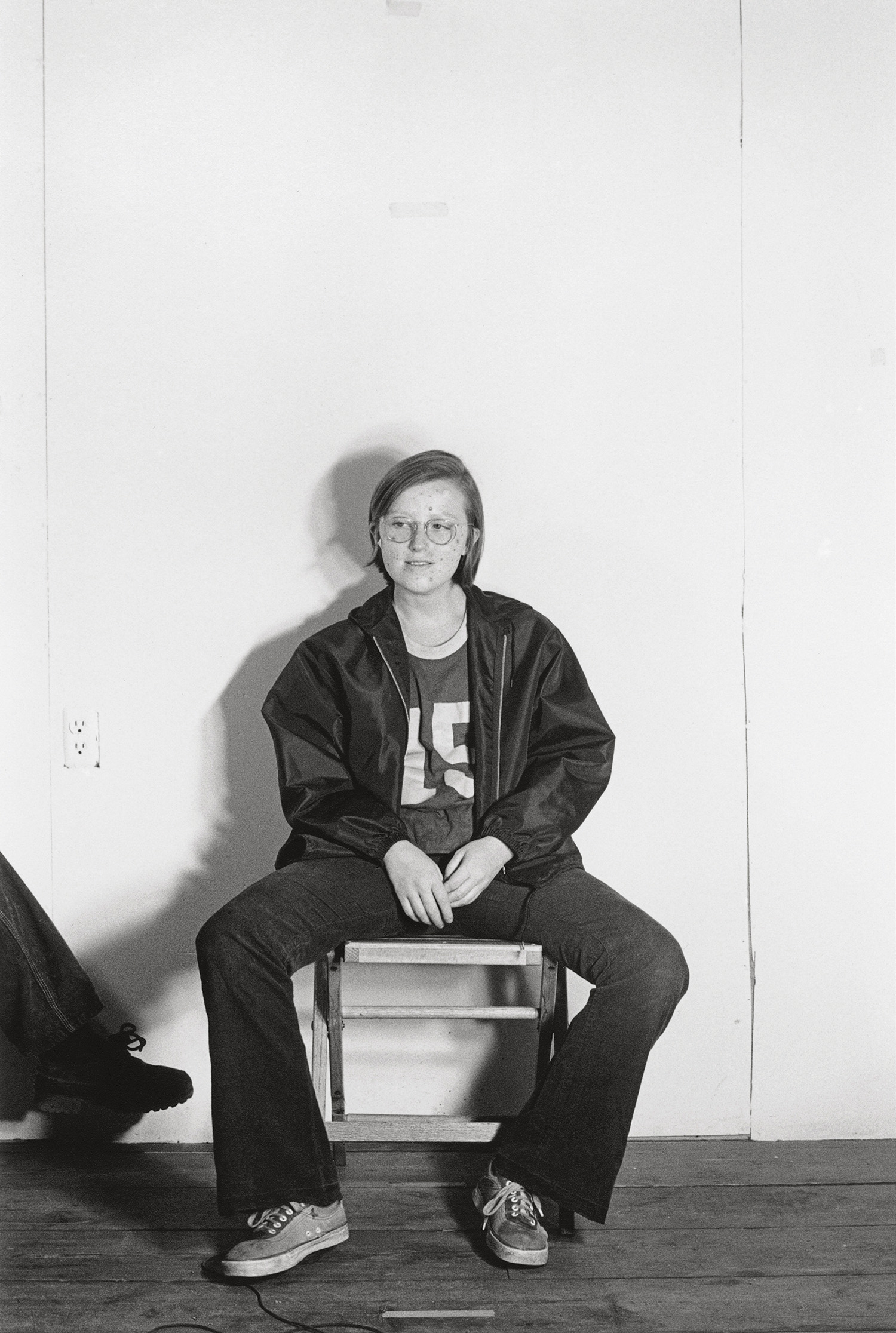
Untitled #363, 1976/2000, gelatin silver print, framed: 115/8 x91/8 x1in.(29.53 x23.18 x2.54cm)
From her early beginnings photographing herself in costumes in the 1970’s to becoming a legend in the realm of photography, Sherman has made herself a fixture in gallery spaces as well as auspicious private collections. Through her use of identity, acting, and exploring tropes of character development, Sherman has created some of the most thoughtful works of photography that hold up a mirror to society while simultaneously bringing humor and beauty. The Broad is not the first to put up an exhibition of Cindy Sherman’s work; however, The Broad has dedicated itself to the works of Cindy Sherman for over thirty years and its collection is unmatched. In order to truly understand the scope of Sherman’s work, it is necessary to experience it live, in person, and organized– like the scenes of a movie. It was a privilege for us to speak with Philip Kaiser, the guest curator for this special exhibition, and learn how he directed these pieces and his interpretation of Sherman’s work.
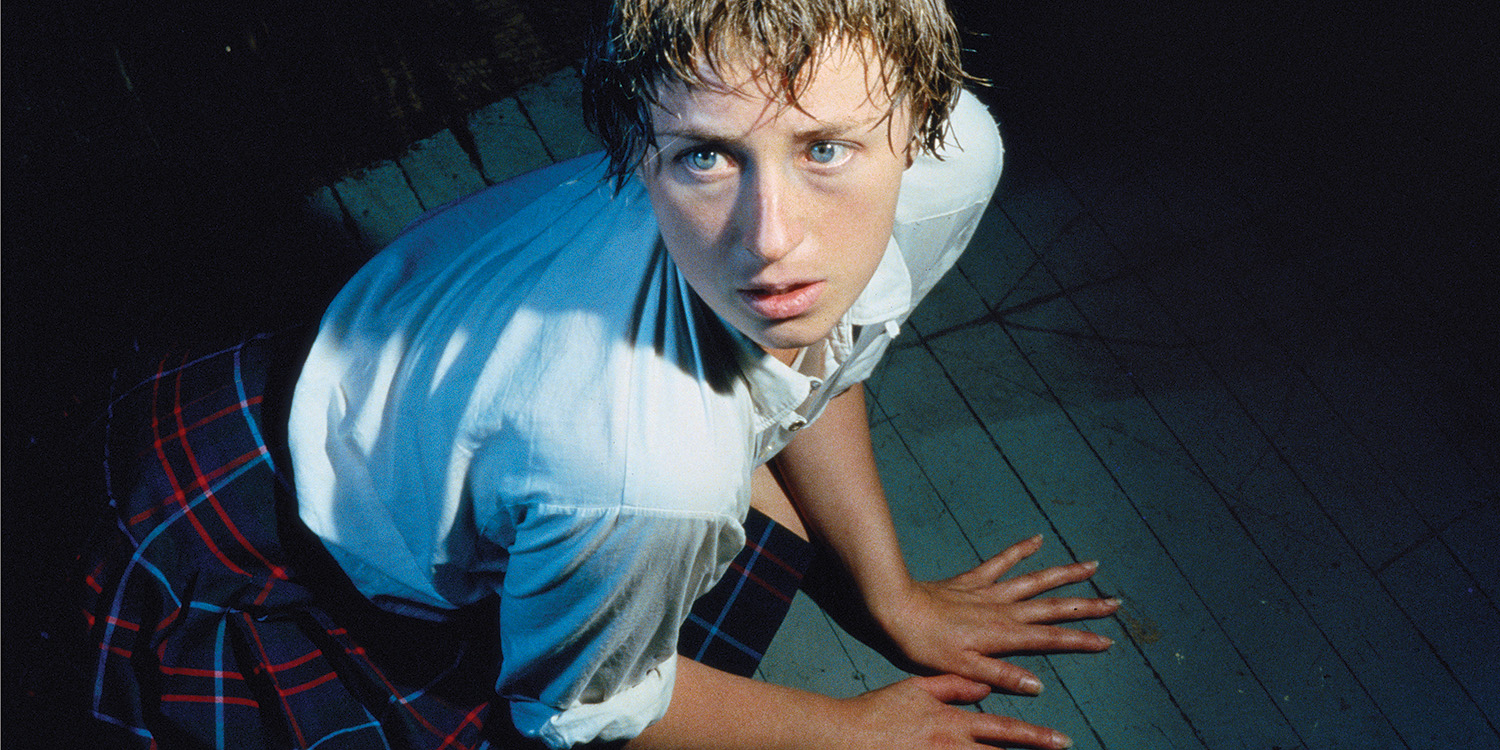 Untitled #92, 1981 chromogenic color print, 24 x48in.(60.96 x121.92cm) | © Cindy Sherman, Courtesy of the artist and Metro Pictures
Untitled #92, 1981 chromogenic color print, 24 x48in.(60.96 x121.92cm) | © Cindy Sherman, Courtesy of the artist and Metro Pictures
Eli Broad collected Cindy Sherman’s work since the early 80’s and key pieces have been contributed to the exhibition from Metro Pictures, the Whitney Museum, the Museum of Fine Arts Houston and The Menil Collection. Do you know why Cindy Sherman was chosen to be The Broad’s very first exhibition? Was there any reason you were asked to be the guest curator for the show? Do you have a special relationship with Sherman’s work?
The Broad invited me to be the guest curator for this show. I have worked with many artists of the so-called Pictures Generation – artists who combine interests in popular culture and conceptualism – and I am thrilled to have curated Cindy Sherman: Imitation of Life at The Broad. With over 125 works by Cindy Sherman in the Broad collection, it is fitting that The Broad chose Cindy Sherman for the first special exhibition.
The Douglas Sirk reference “Imitation of Life” is the perfect description of identity, representation, and Hollywood tropes. How does having the show in Los Angeles act as a backdrop for this show and play with these ideas?
Cindy Sherman chose the title, and not only does ‘Imitation of Life’ nod to Douglas Sirk’s 1959 melodrama, it also emphasizes Sherman’s thorough relationship to movie culture, and of course imitation is at the core of her artistic practice. Located in Los Angeles, the heart of moviemaking, the exhibition’s theme is the relationship between Sherman’s work and the cinematic.
Upon entering the show, the scale of the site-specific murals is quite impressive and cinematic. We begin the exhibition in chronological order to explore Sherman’s early prints and collages in the 1970’s, which are relatively smaller. Then the works grow in size through time. How do you feel the grand scale of the photographs affect the viewer? As curator, how does it affect your decisions in carving out the exhibition space?
The scale of Sherman’s work grows over time partly because of changes within the medium of photography that allowed artists to print larger. Photography is still a fairly young medium within fine art, particularly when Sherman started working in the 1970s, and viewing Sherman’s work chronologically allows viewers to see some of the changes that have occurred within it in the past 40 years: from smaller scale to much larger formats, from analogue to digital, and most recently from chromogenic printing to dye sublimation, which is how her most recent body of work from this year is printed directly on aluminum.
Certain large-scale works affect the viewer by formally creating a bridge to painting (the history portraits, for example, are printed at a scale that mimics old master paintings). The wallpaper murals are taken from Sherman’s 1980 rear-screen projection series. The series uses the cinematic technique of projecting onto a translucent screen from behind and then posing in front to make it look like the subject is in another environment. In the murals for example, the characters appear to be outside but the photographs were actually taken in the studio.
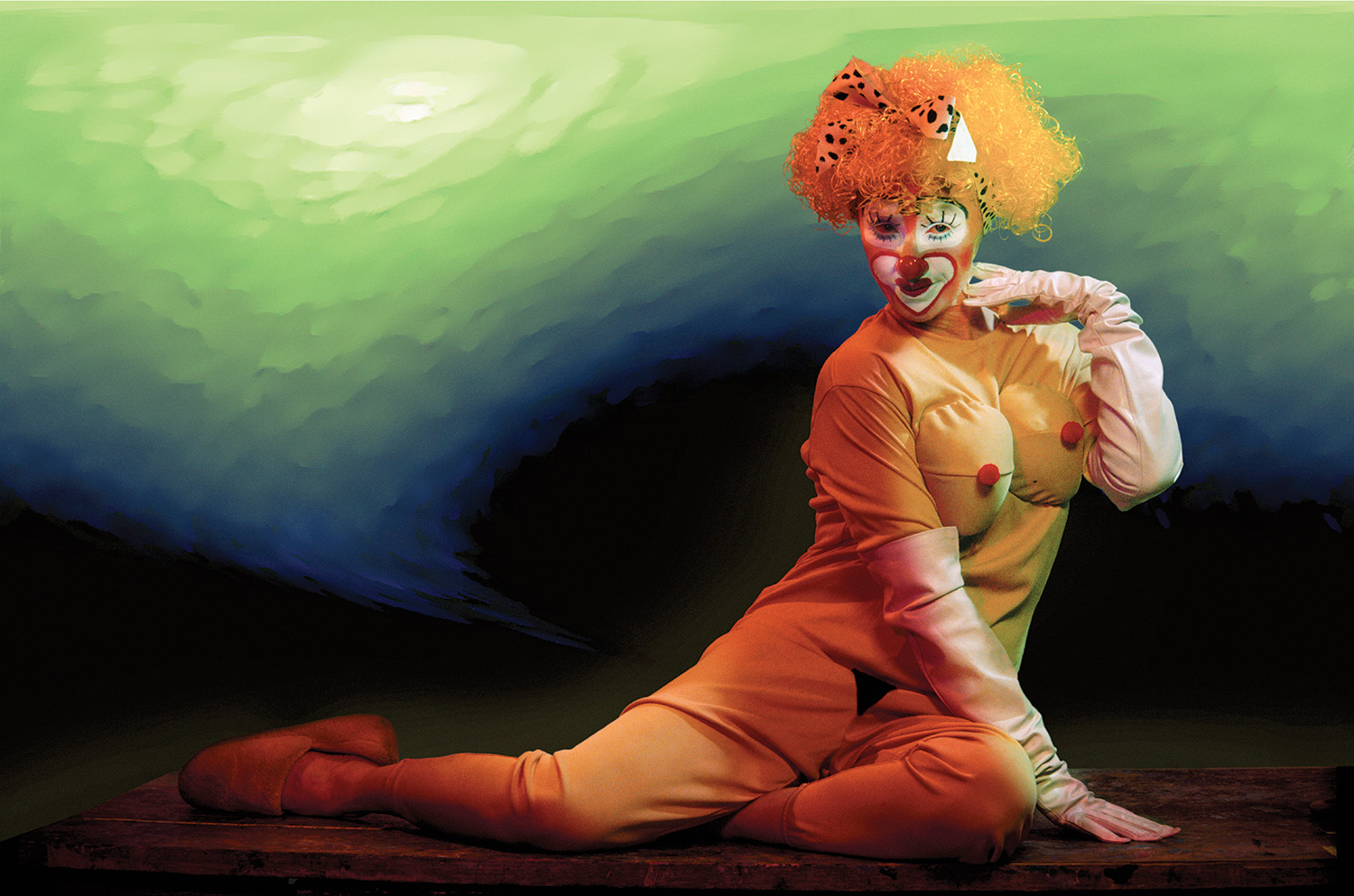
Untitled #447, 2005, chromogenic color print 48 x 72 in. (121.92 x 182.88 cm) © Cindy Sherman Courtesy of the artist and Metro Pictures
In 1997, the MOCA Los Angeles exhibited a major retrospective of Cindy Sherman. Would you say “Imitation of Life” is a continuation of this discussion? How has her work evolved since then?
Cindy Sherman: Imitation of Life is a survey of Sherman’s work made over the last 40 years, centered on Sherman’s relationship to cinema. This exhibition includes work made as recently as this year, and presents many works that have never before been on view in Los Angeles. It also includes the feature length film that Sherman directed, Office Killer, further solidifying her connection to film.
A couple of my favorite series in this exhibition are the Centerfold series and the Pink Robe series. The idea of format orientation (horizontal vs. vertical) plays a very important role on “the male gaze” and the female form in art history to current images in magazines. Do you see Cindy Sherman as a feminist?
Cindy Sherman’s work dissects identity and representation within the realm of mass media in contemporary culture. By photographing herself (she usually works alone), her chameleon-like personas generate work of utter beauty and disturbance, borrowing the language of media from cinema and television, to advertising, the internet, and old master paintings. Her persistence to focus on the fragmented self for almost forty years is radical and distinct.
While many critics and art historians have read Sherman’s work in relation to feminism as well as many other theoretical frameworks, the artist does not subscribe to any one particular reading of her work. Certainly, Sherman’s work dissects how meaning is assigned to images, particularly images of women, in our contemporary world.
Are there any works that will be new to the Los Angeles patrons? There seems to be a heavy influence from film and Hollywood in the selected works; will we be seeing any never before seen cinematic work?
The exhibition is framed with works that reference film; it begins with Cindy Sherman’s 1980 rear-screen projection photographs—reimagined as two massive murals—in which Sherman used a cinematic technique, and ends with the new works, inspired by film stars of a century ago. These new works are on view in Los Angeles for the first time after debuting in Sherman’s New York gallery this spring.
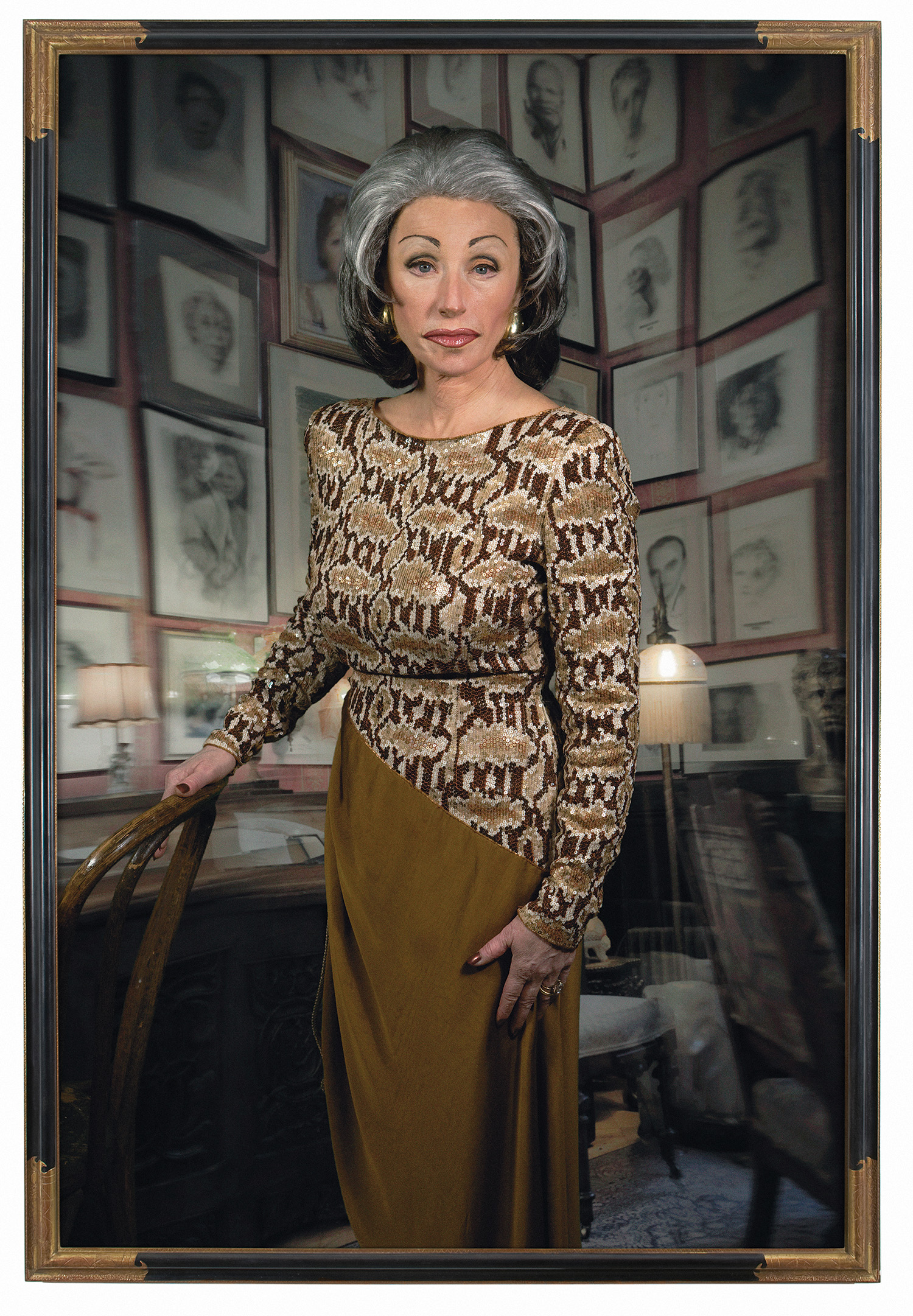
Untitled #474, 2008, chromogenic color print 90 3/4 x 60 in. (230.51 x 152.4 cm) © Cindy Sherman Courtesy of the artist and Metro Pictures
In the The Broad app for the show, Humberto Leon, from design duo Kenzo, discusses Sherman’s keen understanding of the role of clothing, beauty, and fashion to create her images. How has Cindy Sherman challenged ideas of beauty and youth?
Sherman started creating works for various fashion magazines in the early 1980s, and in these works challenged ideas of beauty by placing the characters in positions that were less-than- aspirational. While fashion photography typically attempts to present our best selves, Sherman, wearing couture clothing, posed with messy hair, bruises, blood, and awkward facial expressions. Sherman questions more than just ideals of beauty though; she uses visual language from media and creates works that disrupt assumptions about beauty, status, vanity, and art itself.
Sherman has also done work with Marc Jacobs, Balenciaga, and M.A.C. cosmetics and most recently dressed in popular fashion brands satirizing selfie poses for Harper’s Bazaar’s Project Twirl. Do you think Sherman’s work is holding up a camera or a mirror?
In 1981, Sherman was commissioned by the art journal Artforum to create a body of work that has come to be commonly referred to as the centerfolds. Ultimately, Artforum chose not to publish the works in fear that they may be misunderstood. The reason I point this out is because as soon as 1981, Sherman was creating works that challenged audiences, pushing the boundaries of what was expected. Sherman has done many commissions since then, and the resulting work has often been confrontational and challenging. As for your question, I think Sherman’s work uses the camera to mirror particular themes in society, often by means of humor, the grotesque, and artificiality.
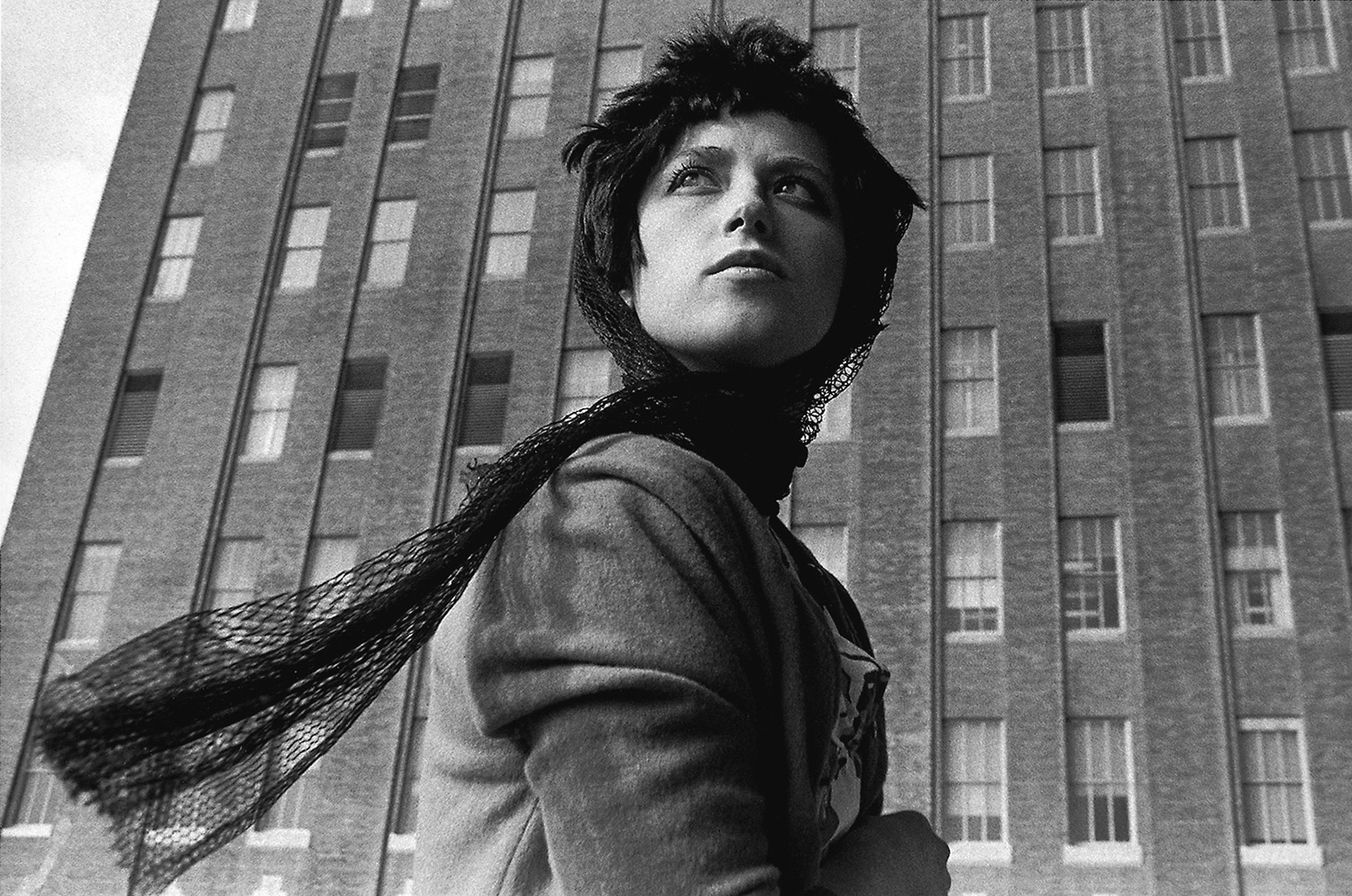
Untitled Film Still #58, 1980, gelatin silver print, 8 x10in.(20.32 x25.4cm)
The show finishes with some of Sherman’s most recent works created in 2016 completing a range of work in four decades. As guest curator, could you go through your responsibilities and what you wanted to make sure visitors would take away from the exhibition?
It has been a huge privilege to work with Cindy Sherman’s artwork in the Broad collection. My curatorial effort has been to turn the Broad collection’s comprehensive holdings of Sherman’s work into a meaningful show, which requires editing, sorting, and generating connections between the series, as well as identifying and securing key loans.
This exhibition is on one hand a comprehensive survey of Cindy’s work, on the other hand it puts an emphasis on movie culture and the cinematic. Cindy Sherman is one if not the most influential contemporary living artists, and the exhibition offers the rare opportunity to be amazed by her various incarnations. The interconnectivity of each distinct series allows us to expand our ideas of Cindy’s practice and lets us understand how focused and broad the work has moved throughout the years.
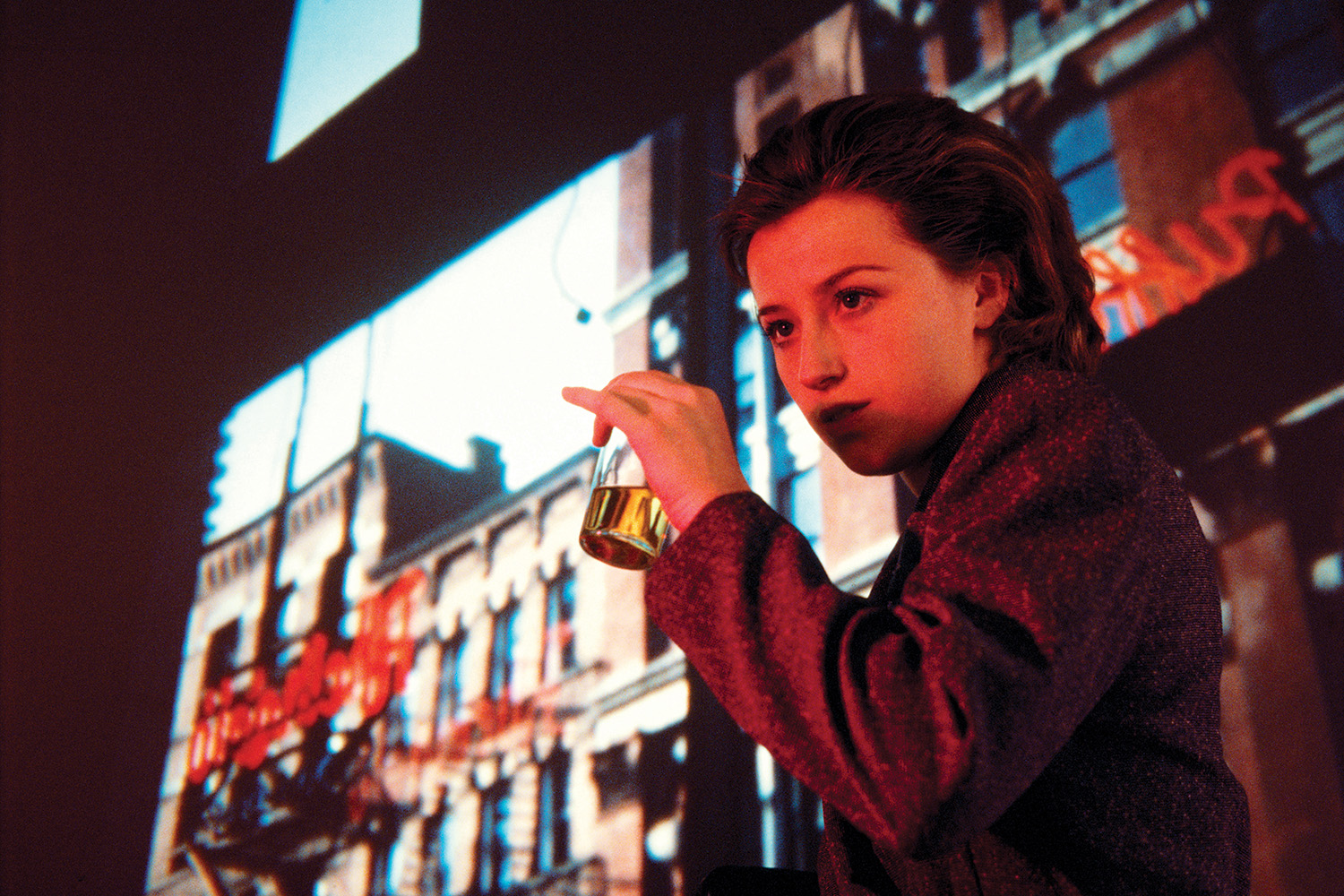 Untitled #70, 1980 chromogenic color print, object:20 x24in.(50.8 x60.96cm) © Cindy Sherman, Courtesy of the artist and Metro Pictures
Untitled #70, 1980 chromogenic color print, object:20 x24in.(50.8 x60.96cm) © Cindy Sherman, Courtesy of the artist and Metro Pictures
Interview by Chelito Villaflor
